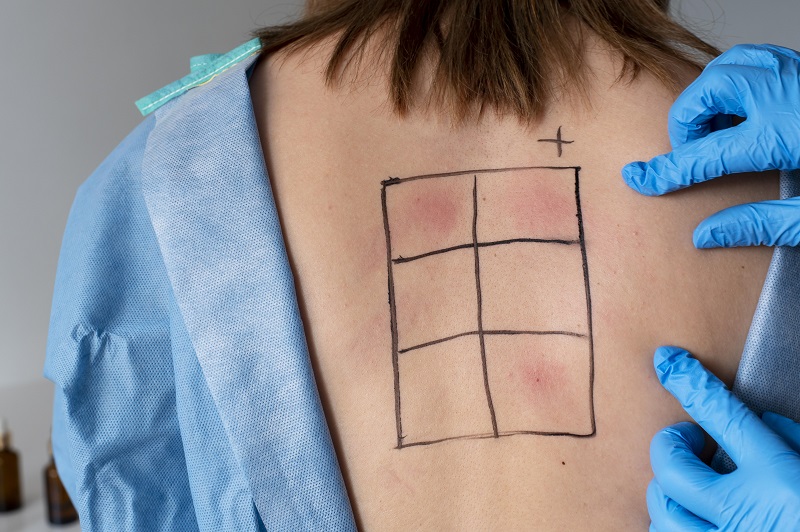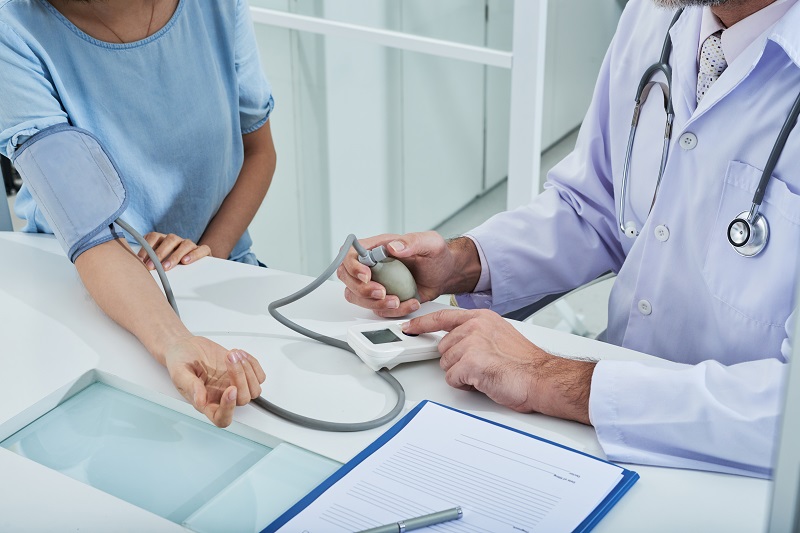The Buyt Desk
Rheumatoid Arthritis can affect anyone and mostly appears between the ages of 30 and 50. Women have more possibility to develop rheumatoid arthritis than men.
What is Rheumatoid Arthritis?
Rheumatoid arthritis (RA) is a chronic inflammatory disorder and an autoimmune disease. It occurs when the immune system by mistake attacks the healthy cells in the body and causes painful inflammation in the affected parts of the body. RA largely affects the joints and many joints at once like joints in the hands, wrists, toes, fingers and knees. In some cases, the condition can harm a large variety of body systems, including the lungs, skin, heart, eyes and blood vessels. RA affects the lining of the joint causing damage to the joint tissue by inflammation that might soon result in bone erosion and joint deformity. This tissue injury can cause unsteadiness (lack of balance), long-lasting or chronic pain and deformity. RA can also affect other organ tissues such as the heart, lungs and eyes.
Signs and Symptoms of Rheumatoid Arthritis
RA begins with the slow progress of signs and symptoms over weeks to months. A classic case of RA begins insidiously. Mostly begins with tenderness and stiffness in one or more joints, usually accompanied by pain on movement. Here are few signs
-
Weight loss
-
Loss of appetite
-
Fever
-
Fatigue or tiredness
-
Weakness
-
Pain or soreness in more than one joint
-
Stiffness in more than one joint, usually worse in the mornings and after inactivity
-
Tenderness and swelling in more than one joint
-
The same symptoms appear on both sides of the body as in both hands or both knees.
Early RA usually first affects the smaller joints, mainly the joints that attach fingers to hands and toes to feet. As the illness advances, symptoms tend to extend to the ankles, wrists, elbows, knees, hips and shoulders. Not just joints but skin, eyes, lungs, heart, kidneys, salivary glands, nerve tissue, bone marrow and blood vessels also may be affected.
Signs and symptoms of Rheumatoid Arthritis may appear and then disappear many times and vary in severity every time. Periods of increased disease activity are called flares and the period when the symptoms get better or disappear is called remission. Flares alternate with periods of relative remission. After multiple episodes of flares and remission, RA can cause joints to deform and shift out of place.
Causes and Risk factors
It is not known what starts this process, but a genetic component appears likely. The genes don’t directly initiate RA but they can make one more likely to react to environmental factors which may, in turn, trigger the disease. There are a few factors that might increase the chance of having RA like being a woman, being in middle age, family members having RA, smoking, obesity.
When to book an appointment with a Doctor?
RA tends to become worse if it’s left untreated. When you notice some of these symptoms for more than a fortnight, especially joint stiffness which takes a while to loosen up in the mornings is when you need to see the doctor at the earliest. Long time fatigue and a general illness can be signs of many inflammation-related issues if not RA. There’s no single test that determines RA. An accurate diagnosis is only possible through multiple blood tests, X-ray or ultrasound images and joint and organ examinations. RA is treated by a rheumatologist who is trained around the treatment of diseases that affect the muscles, bones, joints, ligaments, and tendons.







